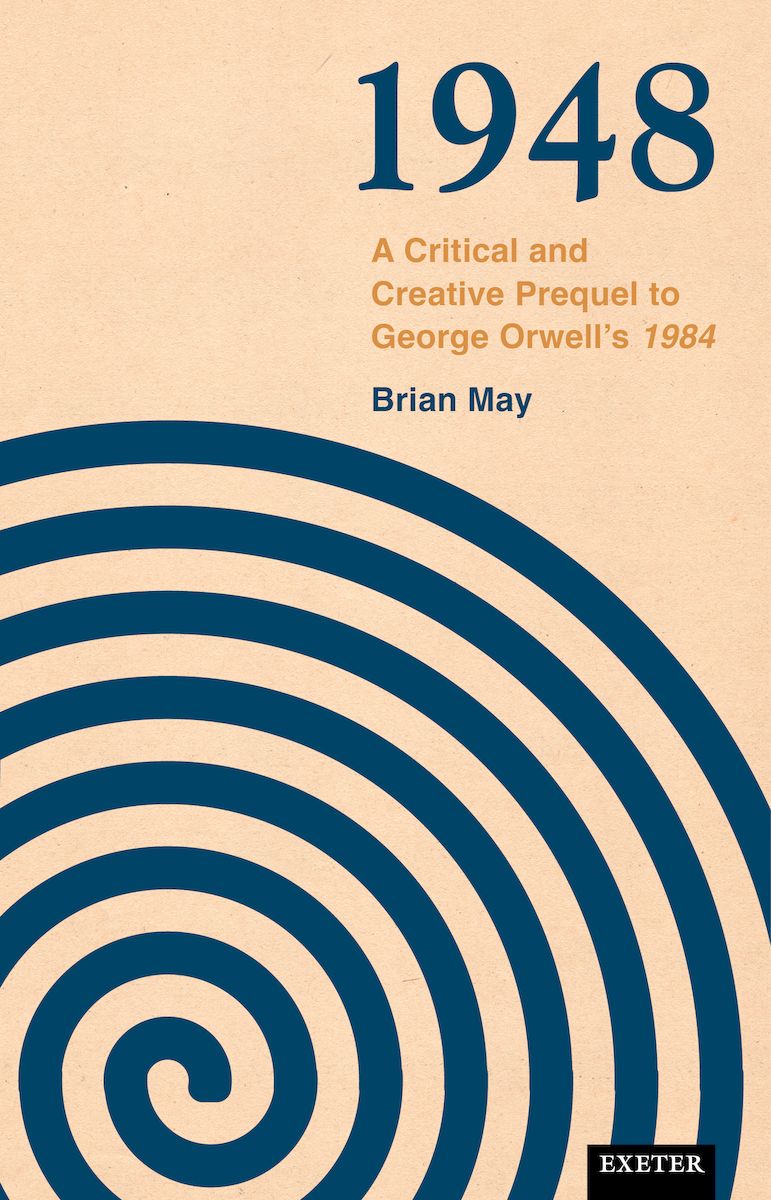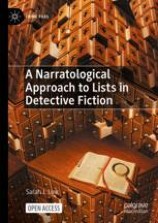In der letzten Zeit sind u.a. diese frei verfügbaren Titel erschienen:
1948: A Critical and Creative Prequel to Orwell’s 1984
Brian May
https://doi.org/10.47788/EKND5658
Described as the most widely read and influential serious writer of the twentieth century, George Orwell remains relevant in our own era of contested media. He continues to attract a large readership.
This book is about Orwell’s post-war cultural moment c. 1948. Taking his Diaries of the time as inspiration, together with his famous final novel, 1984 (published 1949), and treating them as contiguous texts, Brian May considers the gaps, equivocations, and contradictions in Orwell’s message and asks what Orwell would have written next.
But 1948 is more than a work of literary criticism: rather, it balances critical discussion with creative intervention, being one-half literary-critical commentary, and one-half fictional departure – a novella titled “From the Archives of Oceania,” which quotes, parodies and pastiches Orwell’s Diaries, offering a possible prequel. Together these elements offer a resource for the reader to interrogate anew such difficult issues as Orwell’s sexism and anti-Semitism; to explore the tensions between various intertwining strands of thought that cast Orwell as both realist and idealist, Puritan and individualist; and to better understand Orwell’s curious affection for the natural world.
1948 will appeal to all readers and critics of Orwell, but also to students of dystopian fiction, „revisionary“ fiction and „reception study,“ which highlights the audience’s contribution to an artwork’s meaning.
A narratological approach to lists in detective fiction
Sarah J. Link
https://doi.org/10.1007/978–3‑031–33227‑2
This open access book examines how the form of the list features as a tool for meaning-making in the genre of detective fiction from the nineteenth to the twenty-first century. The book analyzes how both readers and detectives rely on listing as an ordering and structuring tool, and highlights the crucial role that lists assume in the reading process. It extends the boundaries of an emerging field dedicated to the study of lists in literature and caters to a newly revived interest in form and New Formalist approaches in narratological research. The central aim of this book is to show how detective fiction makes use of lists in order to frame various conceptions of knowledge. The frames created by these lists are crucial to decoding the texts, and they can be used to demonstrate how readers can be engaged in the act of detection or manipulated into accepting certain propositions in the text.
Prismatic Jane Eyre: Close-Reading a World Novel Across Languages
Matthew Reynolds et al.
https://doi.org/10.11647/OBP.0319
Jane Eyre, written by Charlotte Brontë and first published in 1847, has been translated more than six hundred times into over sixty languages. Prismatic Jane Eyre argues that we should see these many re-writings, not as simple replications of the novel, but as a release of its multiple interpretative possibilities: in other words, as a prism.
Prismatic Jane Eyre develops the theoretical ramifications of this idea, and reads Brontë’s novel in the light of them: together, the English text and the many translations form one vast entity, a multilingual world-work, spanning many times and places, from Cuba in 1850 to 21st-century China; from Calcutta to Bologna, Argentina to Iran. Co-written by many scholars, Prismatic Jane Eyre traces the receptions of the novel across cultures, showing why, when and where it has been translated (and no less significantly, not translated – as in Swahili), and exploring its global publishing history with digital maps and carousels of cover images. Above all, the co-authors read the translations and the English text closely, and together, showing in detail how the novel’s feminist power, its political complexities and its romantic appeal play out differently in different contexts and in the varied styles and idioms of individual translators. Tracking key words such as ‘passion’ and ‘plain’ across many languages via interactive visualisations and comparative analysis, Prismatic Jane Eyre opens a wholly new perspective on Brontë’s novel, and provides a model for the collaborative close-reading of world literature.
Prismatic Jane Eyre is a major intervention in translation and reception studies and world and comparative literature. It will also interest scholars of English literature, and readers of the Brontës.



